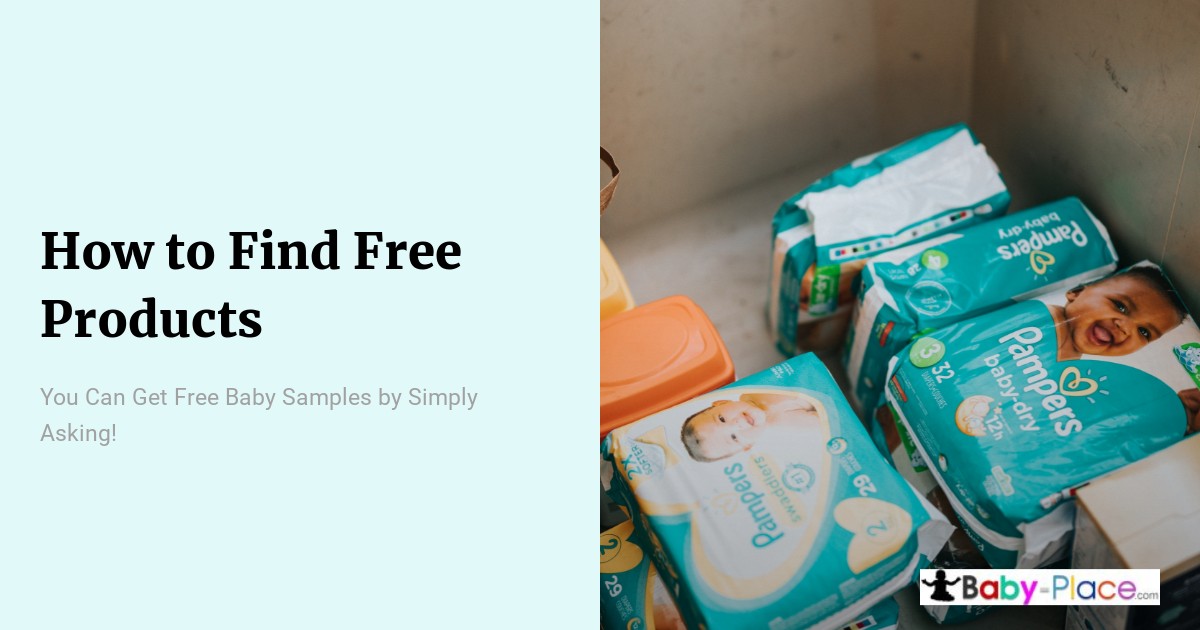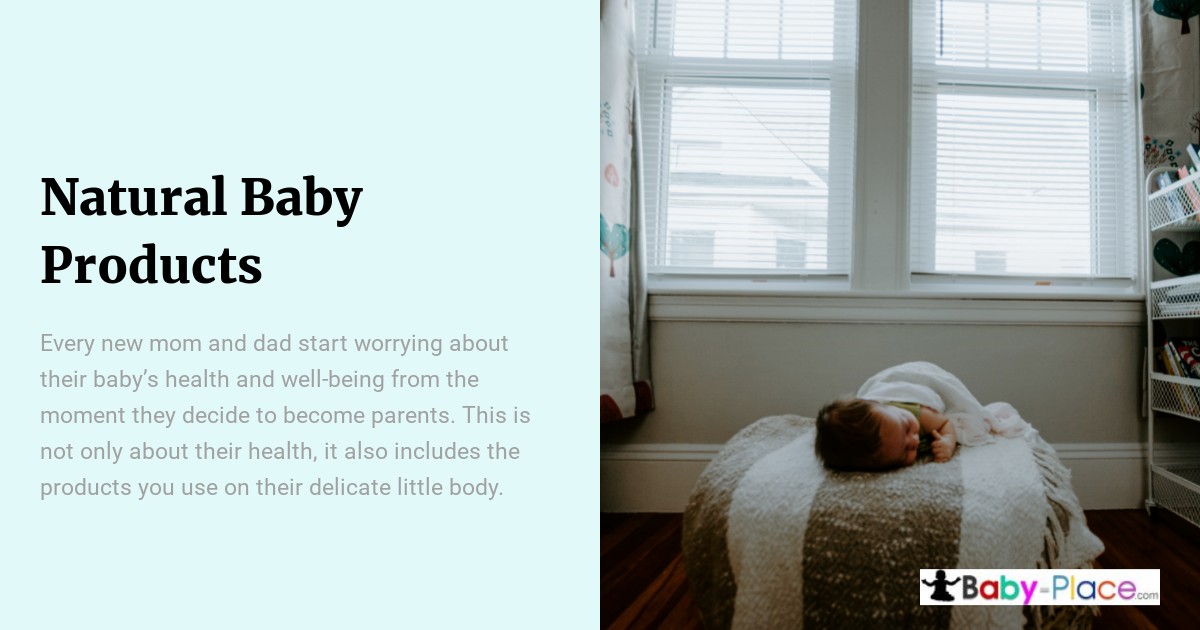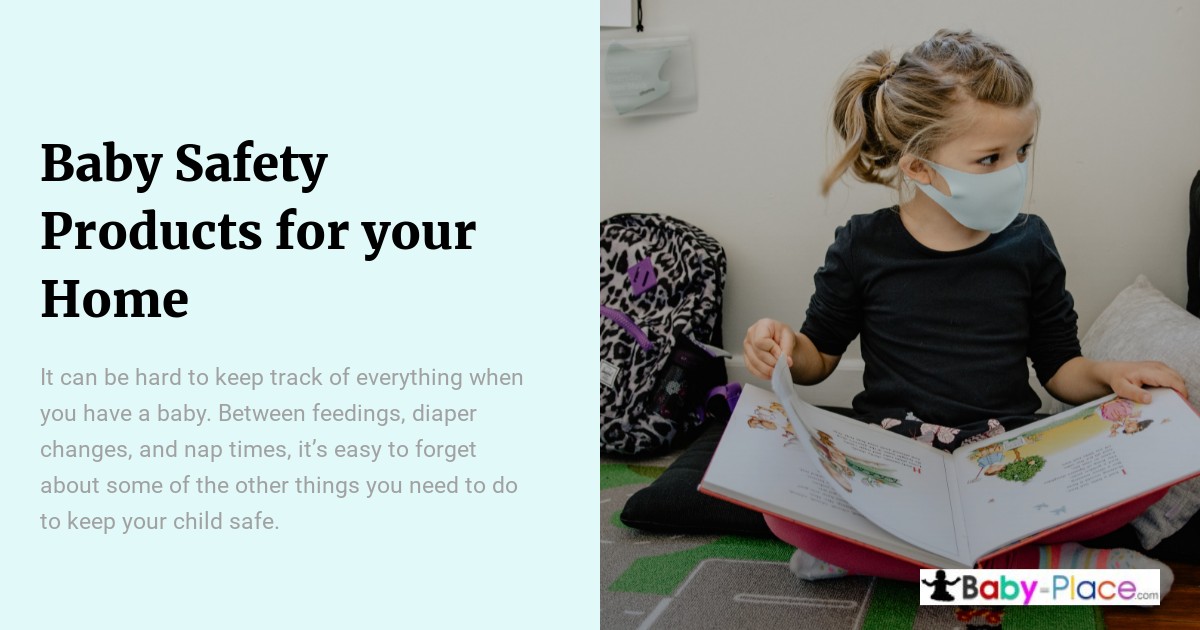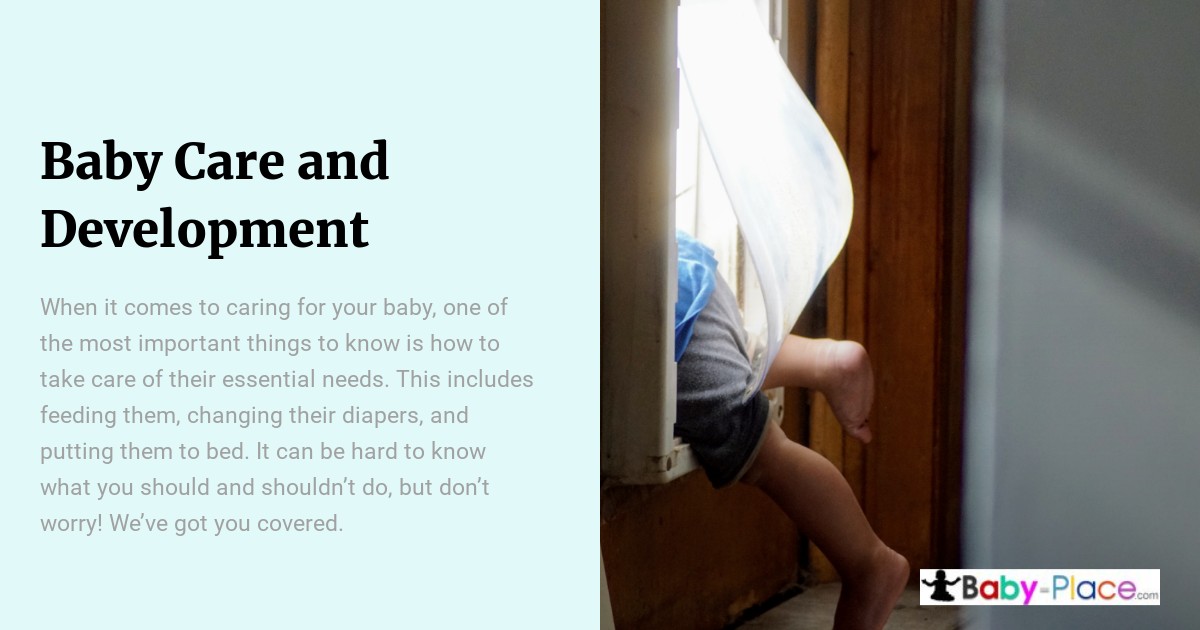Nipples are an important part of the body and require special care. From breastfeeding to sun protection, they’re subject to a variety of needs that must be addressed in order to keep them healthy. Fortunately, there are now specially formulated nipple creams available on the market designed to provide optimal nourishment for this sensitive area. In this article, we’ll take a look at some of the best nipple creams out there and explain why these products can make all the difference when it comes to ensuring your nipples remain healthy and well-protected.
The skin around the nipples is particularly delicate and requires extra attention due to its sensitivity. Nipple creams can help protect against potential damage from environmental factors or irritants, while also providing additional moisture and nourishment. Not only does this ensure that your nipples stay soft and supple, but it also helps prevent drying, cracking, or other signs of irritation which could lead to discomfort or even infection.
When choosing a nipple cream, it’s important to select one with natural ingredients such as beeswax, lanolin, coconut oil or shea butter – all of which have proven beneficial properties for keeping nipples hydrated and free from dryness. We’ll explore some of the top-rated nipple creams currently on the market so you can find one that meets your specific needs!
What Is Nipple Cream?
Nipple cream is something breastfeeding moms are all too familiar with – and yet ironically, it’s quite a mystery. After all, who would have thought that nipples could be so sore? But alas, here we are looking for the best nipple cream to soothe our woes! So what exactly is nipple cream and why do we need it?
Nipple cream is essentially an ointment used to treat cracked skin or chafing on the nipples of breastfeeding mothers. The primary active ingredient in these creams is usually lanolin, which serves as a barrier between the mother’s sensitive skin and her baby’s saliva. In addition to this protective shield, many brands also include ingredients such as aloe vera, coconut oil, vitamin E, shea butter and other natural oils which can help nourish and protect the delicate skin of your nipples while providing relief from any discomfort caused by friction during nursing sessions.
When shopping for a nipple cream, you’ll want to look for one that contains lanolin as its main ingredient since this will provide the most effective protection against irritation. It’s important to read labels carefully when choosing a product – some may contain fragrances or preservatives which can cause further irritation if not suitable for your particular situation. Ultimately though, finding the right nipple cream should make life much easier for breastfeeding mothers who suffer from soreness or dryness due to their little ones’ feeding habits.
Common Indicators Of Needing Nipple Cream
Nipple cream can be an effective way to treat and prevent nipple pain in breastfeeding mothers. Knowing the common indicators of when a mother needs to use this product may help her determine the best course of action for her specific situation.
Dry skin is often one of the first signs that a mother requires nipple cream. This dryness can lead to cracking, flaking, or peeling around the nipples and areola area. The dryness can also cause itching sensations and discomfort when wearing bras or clothing that rubs against nipples. Additionally, sensitive nipples that become painful during feeding could indicate that your body needs additional moisture from a nipple cream.
Lanolin creams are highly recommended by lactation consultants as they contain natural ingredients derived from sheep’s wool which helps nourish and protect irritated skin while providing relief from cracked nipples. They form a protective barrier on top of the skin, locking in moisture and protecting it from further damage caused by friction or rubbing against clothes or nursing pads. When used correctly, these products can reduce any soreness associated with breastfeeding and make it easier for both mother and baby to continue nursing comfortably.
Therefore, if you experience any symptoms such as dry and/or sensitive nipples along with pain while breastfeeding, consider using a lanolin-based nipple cream to soothe irritation and provide protection for your delicate skin.
Best Natural Ingredients For Nipple Creams
When it comes to choosing the best nipple creams, natural ingredients are a must. Natural ingredients provide nourishment and hydration for nipples without introducing potentially irritating chemicals or synthetic fragrances. Shea butter is one of the most popular natural ingredients used in organic nipple cream; its high content of vitamins A and E helps soothe soreness and dryness. Calendula flower extract provides anti-inflammatory benefits that can help reduce redness from chapped skin. Other plant-based oils such as coconut, almond, and jojoba oil also offer excellent moisturizing properties.
Organic ingredients should always be preferred over non-organic ones since they have not been exposed to pesticide or herbicide treatments. Organic products tend to be more effective because their natural compounds remain intact and therefore retain their original potency. Additionally, some studies show that organic ingredients may even have greater antioxidant activity than non-organic counterparts due to increased bioavailability of nutrients such as Vitamin C and lycopene found in many fruits and vegetables.
From soothing shea butter to healing calendula flowers, there’s no shortage of beneficial natural ingredients out there when it comes to finding the best nipple creams. Whether you’re looking for an all-natural formula or something with added organic elements, make sure these key components are included on your list!
Top-Rated Brands Of Nipple Creams
Caring for your nipples can be like navigating a minefield. The wrong product could leave you in pain, so it pays to know what’s best before making a purchase. Here are the top-rated brands of nipple cream that offer relief from soreness and dry skin:
- Lansinoh lanolin – This is an ultra pure medical grade lanolin ointment which helps soothe cracked or sore nipples while breastfeeding. It’s hypoallergenic and free from preservatives, fragrances and parabens, ensuring safety for baby and mum alike.
- Motherlove nipple cream – Made with 100% organic herbs and oils, this salve was specifically designed to help relieve chafed nipples during breastfeeding. It also contains nature’s most soothing ingredients such as calendula, plantain, marshmallow root and olive oil to heal delicate skin quickly and protect against further irritation.
- Earth Mama Nipple Butter – Formulated with organic shea butter, mango butter and coconuts oils, this cream nourishes tender nipples without leaving behind any greasy residue on fabric or skin. Its rich texture helps keep moisture locked into the area for lasting protection throughout the day (and night).
- Organic Nipple Balm – This balm has been crafted using only natural ingredients like beeswax, coconut oil and cocoa butter for added hydration and comfort during nursing sessions. It doesn’t contain any artificial additives or fillers; just nourishing goodness that will help reduce inflammation of sensitive areas soon after application!
- Weleda Nipple Balm – Weleda is known for their quality herbal extracts used in many products including their nipple balm made with sweet almond oil, beeswax & botanical extracts of marigold flower extract & pansy herb extract which have anti-inflammatory properties to calm irritated skin fast & promote healing naturally.
It’s important to choose a nipple cream that works well but won’t harm your little one if swallowed accidentally during feeding time—the above five brands all fit the bill perfectly! With these options available at your fingertips there’s no reason not to give them a try when looking for relief from soreness or dryness caused by breastfeeding hormones or other factors related to motherhood !
Common Uses For Nipple Creams
Nipple creams are often used to treat sore, cracked nipples due to breastfeeding. Nipples can become irritated and painful from the suction of a baby’s mouth during feeding. Nipple cream helps soothe this discomfort by providing moisture and healing agents to the skin. Many brands contain natural ingredients such as lanolin, cocoa butter, shea butter, coconut oil, vitamin E oil and more that help nourish and protect nipple skin while soothing irritation.
In addition to treating soreness, some women use nipple cream in combination with a nipple shield or other device to prevent further damage caused by friction between breast tissue and clothing materials like bras. This can be especially helpful when wearing tight-fitting clothing where fabric may rub against sensitive nipples throughout the day. Earth Mama Angel Baby makes an all-natural herbal nipple balm specifically designed for this purpose which is free of petroleum products. It contains calendula flowers, olive oil and beeswax that help lubricate and protect nipples from everyday wear-and-tear.
Some women also apply nipple cream before nursing sessions as a preventative measure for maintaining healthy nipples over time. When looking for a product, it’s important to find one made with safe ingredients that won’t harm your baby if ingested during feedings; many brands advertise that their formulas are non-irritating and 100% food grade edible including certified organic coconut oil which is known for its antimicrobial properties that can help maintain cleanliness both internally and externally on the body. Products containing these types of ingredients provide extra assurance they are gentle enough for mothers as well as babies who come into contact with them through feedings.
Benefits Of Using A Nipple Shield
Using a nipple shield to protect nursing nipples is like a knight in shining armor coming to the rescue. It can provide a layer of protection that other forms of treatment may not be able to offer. In addition, with the right product, it can help keep skin healthy and moisturized while breastfeeding.
The best nipple cream for this purpose should have all natural ingredients such as extra virgin olive oil or shea butter which are both known for their healing properties. These two ingredients will help form a barrier between your skin and any irritants that could cause further damage. Additionally, some creams also contain lanolin which helps promote healing, as well as diaper cream which reduces inflammation due to its soothing nature.
Nipple shields can make an invaluable difference when it comes to protecting sensitive nipples during breastfeeding. They offer protection from potential irritation and pain caused by friction, moisture build up, or bacteria getting inside the breast tissue. Not only does this reduce discomfort but also the risk of infection so mothers can enjoy a more comfortable experience while they nurse their infants.
By using products specifically designed to treat nursing nipples, mothers can take control over how they care for their bodies during one of life’s most important moments – nurturing new life into existence. With proper use of these products, mothers can ensure their comfort throughout the entire breastfeeding process without having to worry about any additional stressors on top of what already comes with motherhood.
What To Look For When Buying Nipple Creams
Once you have become acquainted with the benefits of using a nipple shield, it is time to consider what type of nipple cream would be best for your needs. Nipple creams are an important part of any breastfeeding mom’s arsenal and can help soothe cracked nipples or tender breast tissue. When selecting a nipple cream, there are several key elements to look for in terms of ingredients, safety and efficacy.
When looking at ingredient lists on various types of nipple creams, choose those that contain only organic or natural-based ingredients like shea butter and olive oil. These ingredients will ensure the product is safe for both mother and baby during nursing sessions. Additionally, some brands offer additional perks such as added anti-inflammatory properties which could further promote healing from painful cracks or abrasions.
In addition to choosing all-natural products, check whether the brand has been approved by regulatory bodies such as Health Canada for use during lactation. This ensures that the ingredients within the product have been tested for safety and efficacy prior to becoming available on store shelves. Furthermore, if you experience any adverse reactions after using a particular brand of nipple cream, immediately stop using it and seek medical advice from your healthcare provider.
Finding the right nipple cream may take some trial and error but ultimately should result in relief from uncomfortable conditions like cracked nipples or tender breast tissue. With proper research into different brands and their respective ingredients list, mothers can find comfort knowing they’ve chosen one of the best nipple creams available on the market today.
How To Apply Nipple Creams Properly
Have you ever wondered how to apply nipple cream to get the most out of it? Nipple creams are specially formulated for sensitive skin and can help soothe and heal dry, cracked nipples. Applying them properly is key to achieveing maximum benefit.
First, thoroughly wash your hands before applying any nipple cream. This helps prevent bacteria from entering your breasts or transferring from one breast to another. Secondly, squeeze a pea-sized amount of nipple cream onto your fingertips. Then gently rub the product into each nipple in a circular motion until fully absorbed. It’s best to do this after nursing or pumping when your breasts are still slightly damp as this will help lock in moisture that naturally appears during breastfeeding sessions.
For extra nourishment, some mothers opt to use natural ingredients like cocoa butter or even their own breast milk on their nipples instead of store-bought products. If using these at-home remedies, make sure they’re applied no more than once per day since overuse could lead to irritation or infection. For an added layer of protection against chafed skin around the nipples, lip balm may be used if needed but should not replace the need for proper lubrication with a good quality nipple cream.
By following these steps for application and taking care to only use recommended amounts of product per session, mothers can trust that their hardworking bodies will receive all the moisture and healing benefits provided by their chosen nipple cream!
Safety Precaution When Using Nipple Creams
When applying nipple creams, it is important to take safety precautions. While the best organic nipple cream can help ease and soothe sore nipples, they could potentially cause harm if not applied properly. Here are some tips from a lactation consultant on how to safely use nipple creams.
| Prevention | Treatment |
|---|---|
| Use clean hands when handling | Apply after nursing or pumping for maximum absorption |
| Wash nipple area with warm water before application | Do not apply too thickly as this will prevent healing |
| Read labels for ingredients that may be harmful to baby’s delicate skin (i.e lanolin) | Consult your doctor if you have any allergies or sensitivities to certain ingredients in the cream like nut oils and fragrances |
| Avoid using overly-fragranced products near breastmilk supply areas of the body |
It is also important to keep an eye out for signs of infection while using these creams. If there is redness, swelling, discharge, or warmth around the nipple area, stop using them immediately and contact your healthcare provider right away. Additionally, do not share your cream with others as it increases risk of spreading bacteria or viruses. Lastly, store the product according to its instructions; most prefer cool dark places such as medicine cabinets away from direct sunlight.
Most importantly, listen to your body! Before choosing a new product or brand always consult with a trusted medical professional first – especially if you’re pregnant or breastfeeding – since even natural treatments can sometimes interact poorly with medications and other substances. Remember: prevention is key when it comes to taking care of yourself and avoiding painful nipple cracks caused by improper use of topical balms and lotions!
Potential Side Effects Of Using Certain Ingredients In Nipples Creams
Statistics show that over 95% of people use nipple creams to treat dry, chapped skin. While these products may be useful in managing the discomfort associated with dry nipples, it is essential to be aware of any potential side effects before using them. This article will discuss some of the most common ingredients found in nipple creams and their possible side effects.
One of the main components of many nipple creams is petroleum jelly or mineral oil. These substances act as a barrier on top of the skin and help keep moisture locked in. However, they can also block pores, leading to acne-like eruptions on the surface of the skin and potentially causing further irritation and inflammation.
Waxes are sometimes added to nipple cream formulations for their protective properties. They form a film on top of the skin which helps trap moisture but can also lead to an uncomfortable feeling when applied due to its waxy texture. Additionally, waxes have been known to cause allergic reactions by irritating sensitive areas around the nipples such as redness and itching.
Finally, preservatives are often included in nipple cream formulations as well. Some preservatives like parabens and phenoxyethanol have been linked with cancerous cell growth and hormone disruption respectively – both serious health risks that should not be taken lightly when considering whether or not to use a particular product containing these chemicals. It is therefore important to always check ingredient lists carefully before purchasing any kind of topical product intended for use near delicate tissue like that found around your nipples!
Guidelines For Choosing The Right Product When Breastfeeding
It is important to choose the right nipple cream when breastfeeding. As such, there are some guidelines that should be followed in order to ensure the best results and minimal side effects. First of all, it’s essential to read product labels carefully before using any nipple creams. The ingredients list should include only safe and gentle ingredients that will not irritate or cause discomfort while nursing. It’s also important to look for products that are specifically designed for women who are breastfeeding, as these have been specially formulated with their needs in mind.
In addition, it can be helpful to consult a healthcare professional if you’re unsure about which nipple cream is best for your particular situation. Your doctor, midwife, or lactation consultant may recommend certain brands or formulas based on your individual circumstances and concerns about potential allergies or sensitivities. This guidance can help narrow down the options significantly so that you don’t end up wasting money on something that won’t work well for you.
When selecting a nipple cream, always opt for one with natural ingredients whenever possible. Organic or plant-based oils like coconut oil or olive oil provide nourishing benefits without harsh chemicals. Additionally, many natural formulations contain vitamins and minerals which can help promote skin health and reduce irritation caused by dryness during breastfeeding sessions. By choosing an appropriate nipple cream with beneficial additions like this, mothers can feel confident knowing they’re providing their baby with the safest environment possible while still avoiding negative reactions from potentially irritating ingredients.
Tips For Maintaining Skin Health During Breastfeeding
Maintaining healthy skin during breastfeeding is essential for both mother and baby. Nursing mothers should take care to keep their nipples moisturized, as dryness can lead to cracking and pain. Fortunately, there are a few steps that moms can take to ensure their skin remains soft and hydrated while nursing.
First, it’s important to apply a nipple cream or ointment before each feeding. These products help protect the delicate tissue from damage caused by friction or suction during nursing. It’s also wise to cleanse the areola with warm water after feedings – this helps remove bacteria and debris that may have accumulated on the skin surface. Finally, some women find relief from using cold compresses between feeds; this helps reduce inflammation and soothe sore areas of the breast.
Overall, maintaining good hygiene practices and regularly applying nourishing creams or oils is key for keeping nipples in top shape throughout breastfeeding sessions. With these tips in mind, new moms will be able to enjoy comfortable feedings without worrying about potential discomfort due to cracked or irritated skin.
Pros And Cons Of Different Types Of Products
As with any product, there are a number of pros and cons to consider when choosing the best nipple cream. To make an informed decision, it’s important to understand the differences between the various types available.
One option is an over-the-counter (OTC) topical treatment. These products contain ingredients like lanolin or petroleum jelly that work to condition and moisturize sensitive nipples. OTC treatments may be beneficial for mild cases of dryness, chapping, or cracking but can also pose potential risks if not used properly. For instance, some users experience burning or stinging sensations from these products due to their high concentration of active ingredients. Additionally, many OTC creams contain fragrances and preservatives which can irritate delicate skin tissue.
For more severe cases of irritation, prescription ointments may be necessary. These formulations typically include hydrocortisone or other corticosteroids as well as antibiotics that help reduce inflammation while fighting off infection caused by bacteria or yeast buildup on the surface of the skin. While they provide quicker relief than OTC remedies, they come with side effects such as increased sensitivity to sunlight or drying out of healthy tissue surrounding the affected area. Moreover, unless prescribed by a healthcare professional, long-term use should be avoided as this can lead to adverse reactions including thinning of the skin and stretch marks in extreme cases.
With so much at stake when selecting a nipple cream, proper research and consultation with a medical practitioner is vital for finding one suitable for your needs. Be sure to weigh all options carefully before arriving at a decision that works best for you and the health of your skin going forward.
How To Treat Sore And Cracked Nursing Nipples
It’s important to take care of sore and cracked nursing nipples, as they can become infected if left untreated. Nipple creams are a great way to soothe the skin and prevent infection. Below is a guide on how to use nipple cream for treating sore or cracked nursing nipples:
- Cleanse the affected area with warm water before applying the cream.
- Apply a thin layer of nipple cream over the affected area after each feeding session. Look for one that contains lanolin, which helps protect against chafing and cracking due to friction from clothing or breastfeeding pads.
- Allow the cream to absorb into your skin before putting on clothes or breast pads; this will help create an effective protective barrier against further irritation.
- Monitor closely for any signs of infection such as redness, swelling, warmth, pain or oozing discharge – these could be indicative of mastitis or another serious condition and should not be ignored. If you experience any of these symptoms seek medical advice immediately.
Nipple creams can provide relief from discomfort caused by sore or cracked nipples while also helping to protect against future damage and possible infection associated with breastfeeding. When used in conjunction with other measures such as wearing properly fitting bras and avoiding tight-fitting tops it can help ensure optimal comfort during lactation sessions.
Dos And Don’ts When Selecting A Product
When selecting a nipple cream, there are certain dos and don’ts to keep in mind. First of all, it’s important to make sure the product is specifically designed for nipples. Many creams available on the market are not formulated for use on sensitive skin like that found around the nipples. Therefore, always check labels carefully before buying any product. It’s also wise to look out for ingredients such as lanolin or petroleum jelly which can help soothe dryness and irritation but may cause allergic reactions if used regularly.
Another tip when choosing a nipple cream is to opt for products with natural oils such as coconut oil or almond oil which can help provide deep moisturizing without being overly heavy on the skin. Additionally, look out for creams containing Vitamin E, as this helps protect against environmental damage caused by free radicals while still providing maximum nourishment and hydration.
Finally, be aware of potential side effects associated with using certain types of nipple cream; these could include redness and itching due to an allergy or sensitivity to one of the active ingredients in the formula. If you experience any adverse reactions after applying a particular brand of nipple cream, discontinue usage immediately and seek medical advice from your healthcare provider if necessary.
Conclusion
In conclusion, nipple creams are an essential part of breastfeeding for many women. When selecting a product to suit their needs, it is important for mothers to consider the ingredients used in each cream and make sure that they have researched all the available options before making a decision.
When choosing between natural or synthetic products, there are pros and cons associated with both types; however, using a combination of both can be beneficial when treating sore and cracked nursing nipples. It is also critical to pay attention to dos and don’ts when applying any type of lotion or cream on your nipples as well as follow tips for maintaining skin health during breast-feeding.
Finding the perfect nipple cream can feel like an impossible task – almost like finding a needle in a haystack! But with careful consideration and research into all the available options, you will eventually find one that works best for you. And once you do, it’ll be nothing short of miraculous!
















